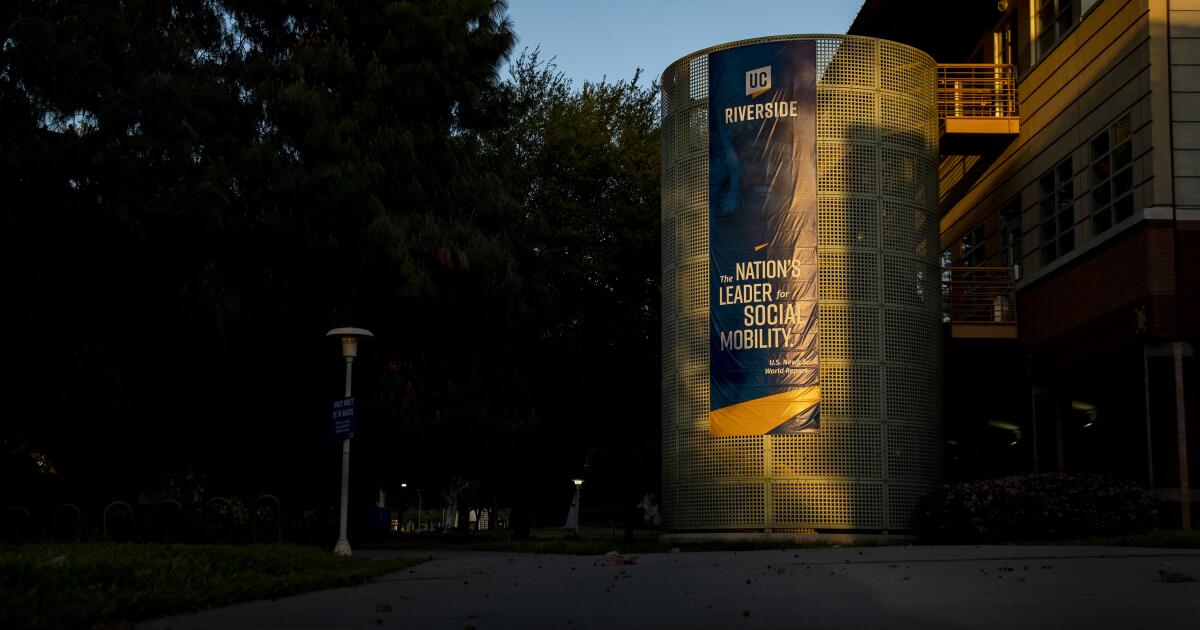
UCSB’s Munger Hall windowless dorm is the logical endpoint of privatization of public space.
SlateIn 1965, the Yale architecture magazine Perspecta commissioned Charles Moore, a young architect who had taught at the University of California, Berkeley for the previous six years, to write about monumental architecture in California. Moore wrote, by way of introduction, that he was about to zig, where the editors of Perspecta had thought he would zag: The “editors suspected, I presume, that I would discover that in California there is no contemporary monumental architecture, or that there is no urban scene, or more probably, that both monumental architecture and the urban scene are missing.” But rather than dismissing everything in California, Moore delivered his classic essay “You Have to Pay for the Public Life,” an uneasy celebration of privatized public spaces, of “what we have instead”: a new kind of public sphere, for a new kind of public. He described downtown Santa Barbara as one of the few great public spaces of Southern California, “a public realm filled with architectural nuance and, even more importantly, filled with the public.” But apart from a few isolated examples like that one, Moore argued that this Californian public life was often to be found in paid-entry spaces, and its epitome was Disneyland, “the most important single piece of construction in the West in the past several decades.” This theme park, he wrote, was a blueprint for the future. “To create a public realm,” Moore wrote, “we depend, in part, on more Disneys, on men willing to submerge their own Mickey Mouse visions in a broader vision of greater public interest, and who are nonetheless willing and able to focus their attention on a particular problem and a particular place.” In the past few days, another wannabe Disney has been in the news, and we’ve had the chance, once again, to see how California has borne out Moore’s midcentury prophecies about the risks and benefits of privatization. As Aaron Bady and Mike Konczal write, in the postwar era, “the UC’s public mission was as close to a bipartisan consensus as you could find.” Simon Marginson has described this midcentury model as “the California idea of higher education”: an ideal to be realized … as well as a vast workshop of practical activity in which people are prepared for work and society, opportunity is allocated, and new ideas are formed and disseminated.
Discover Related



